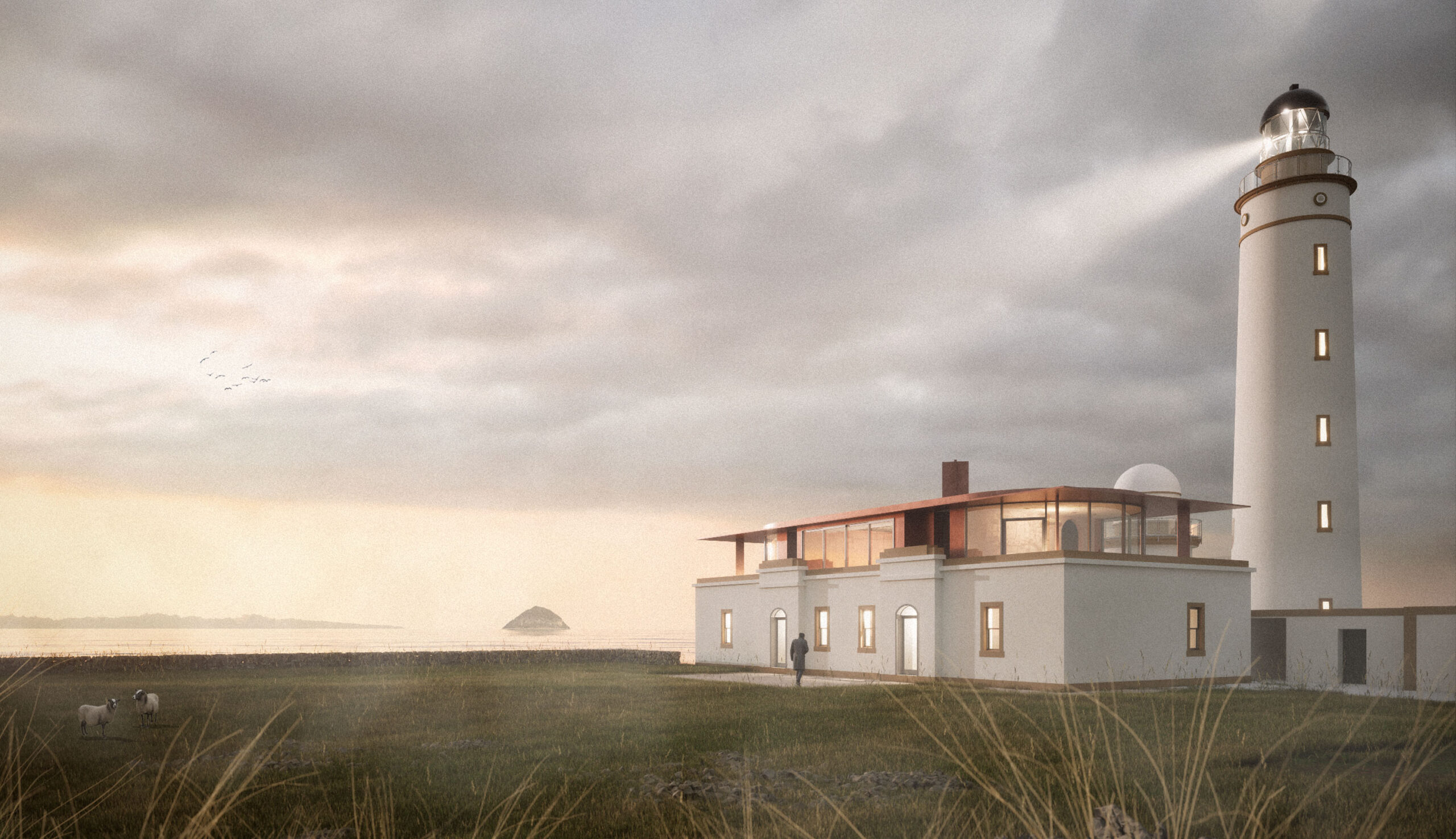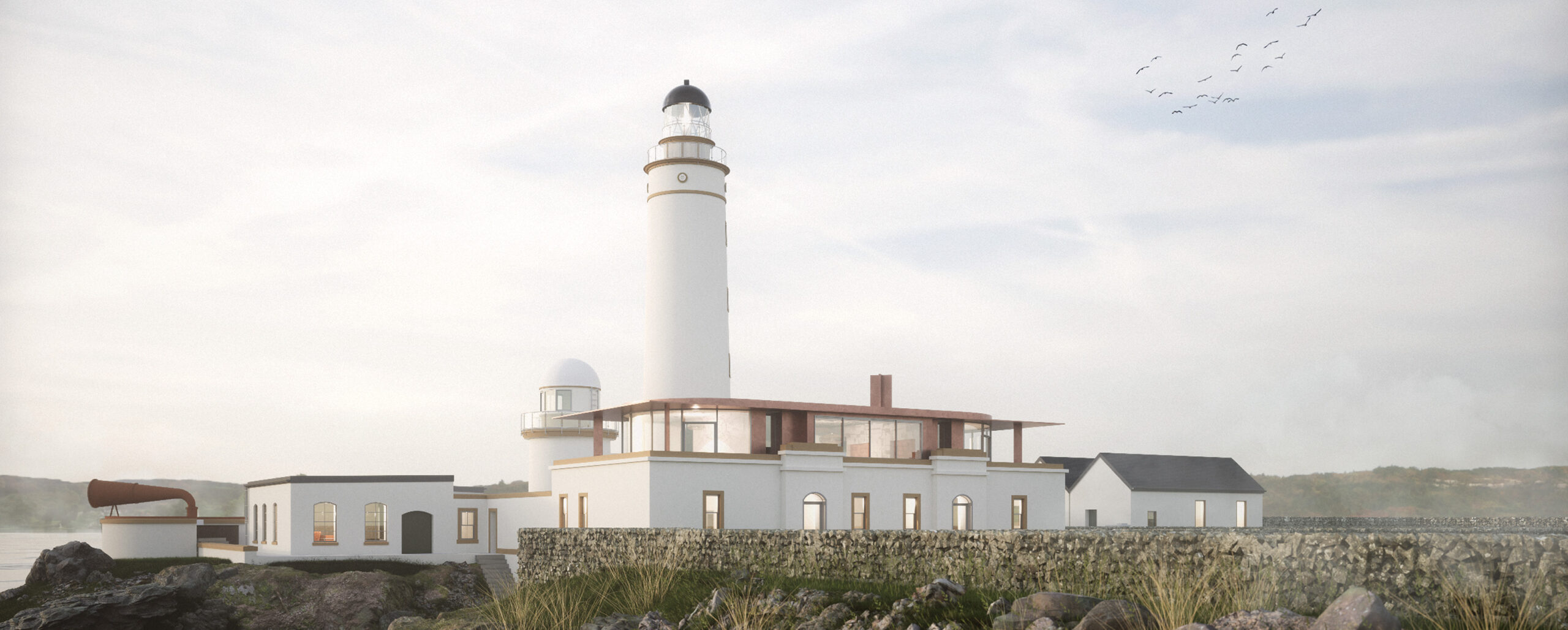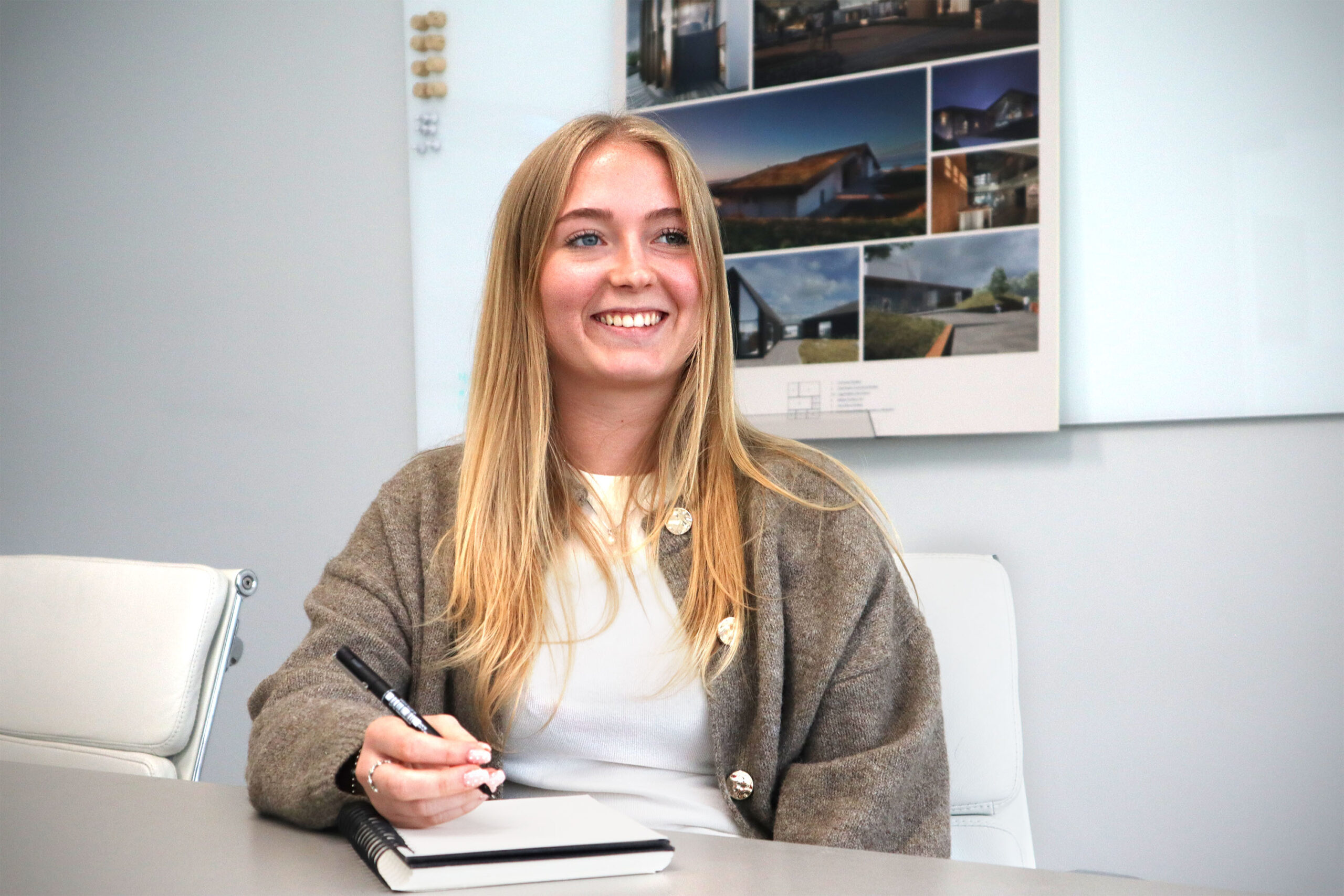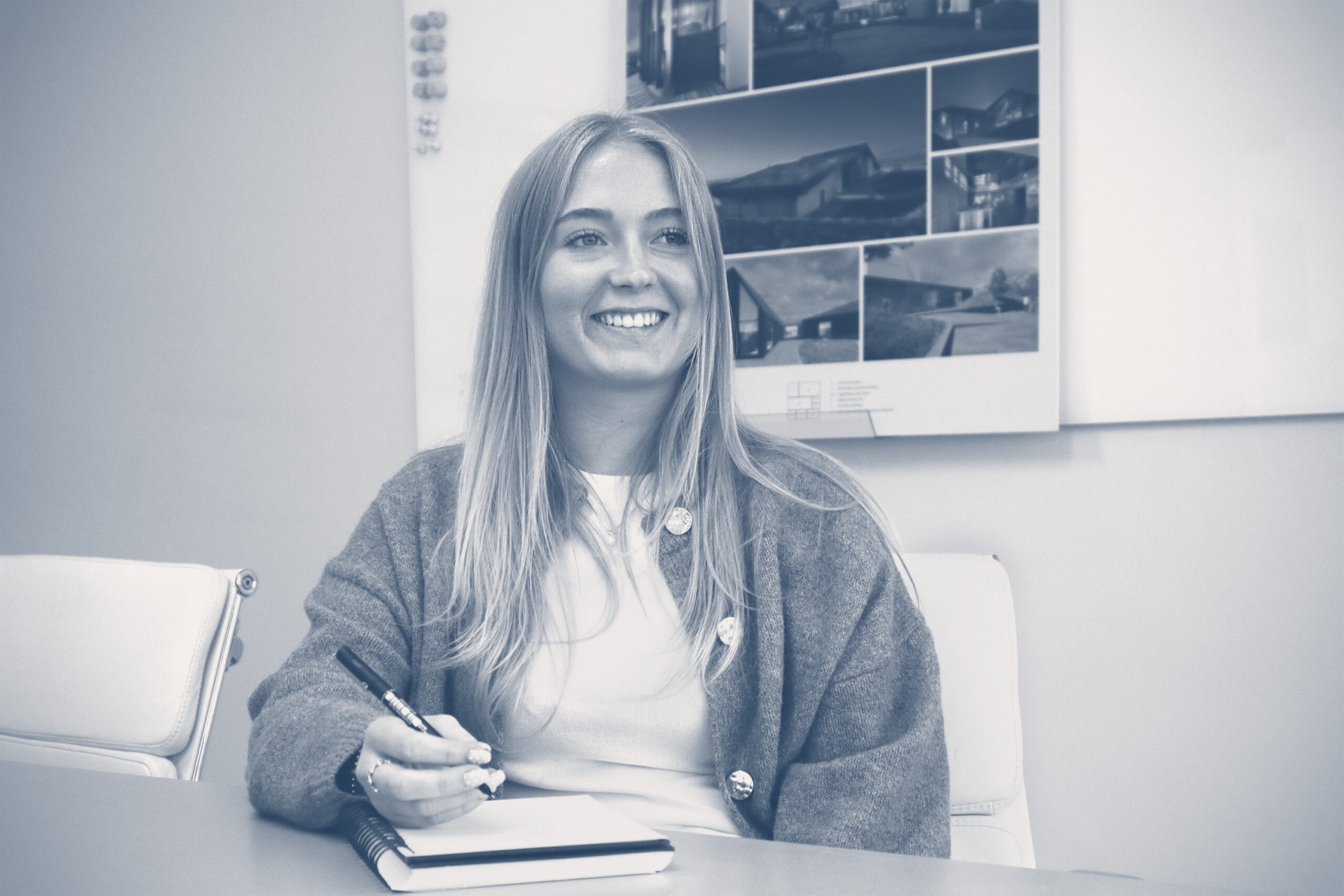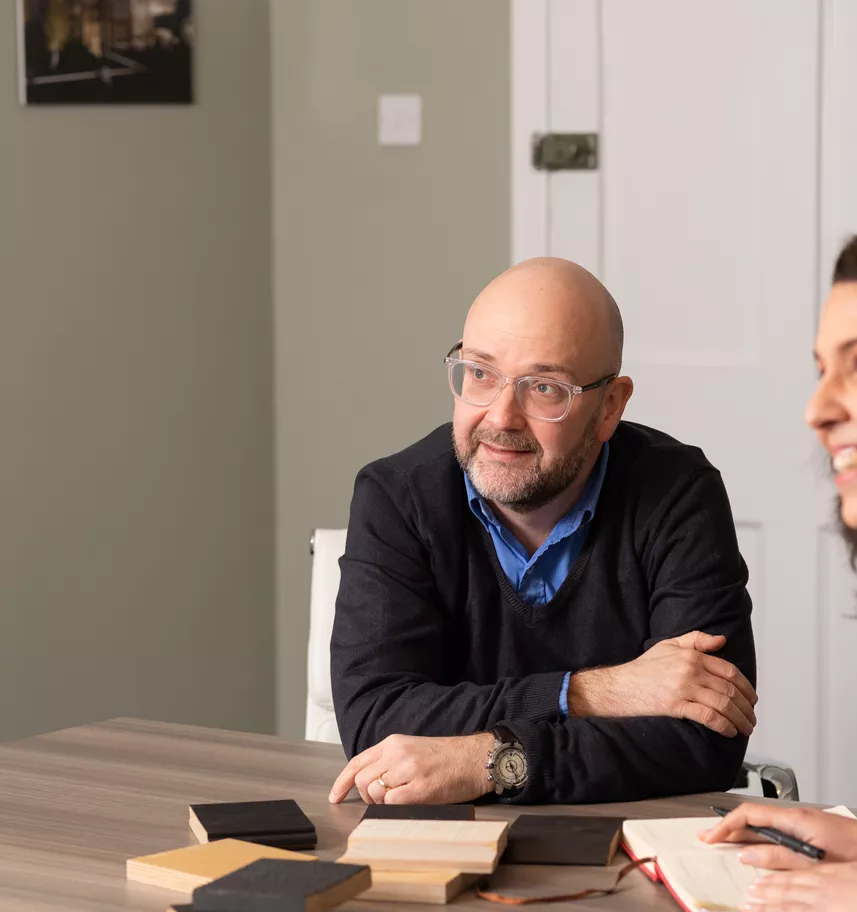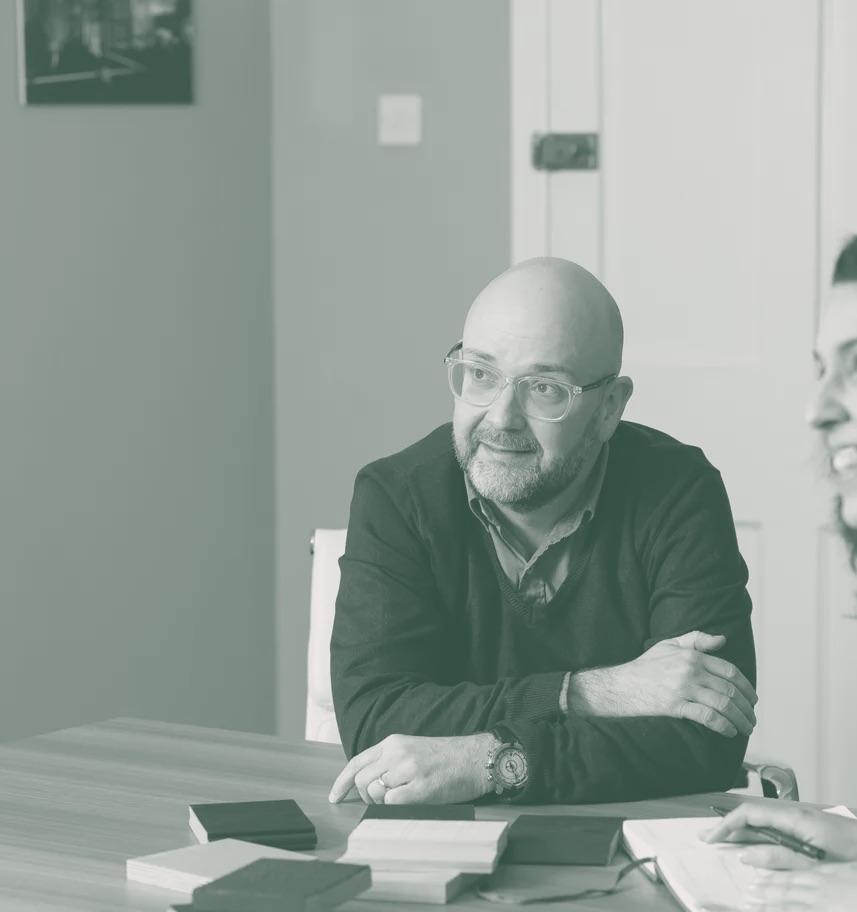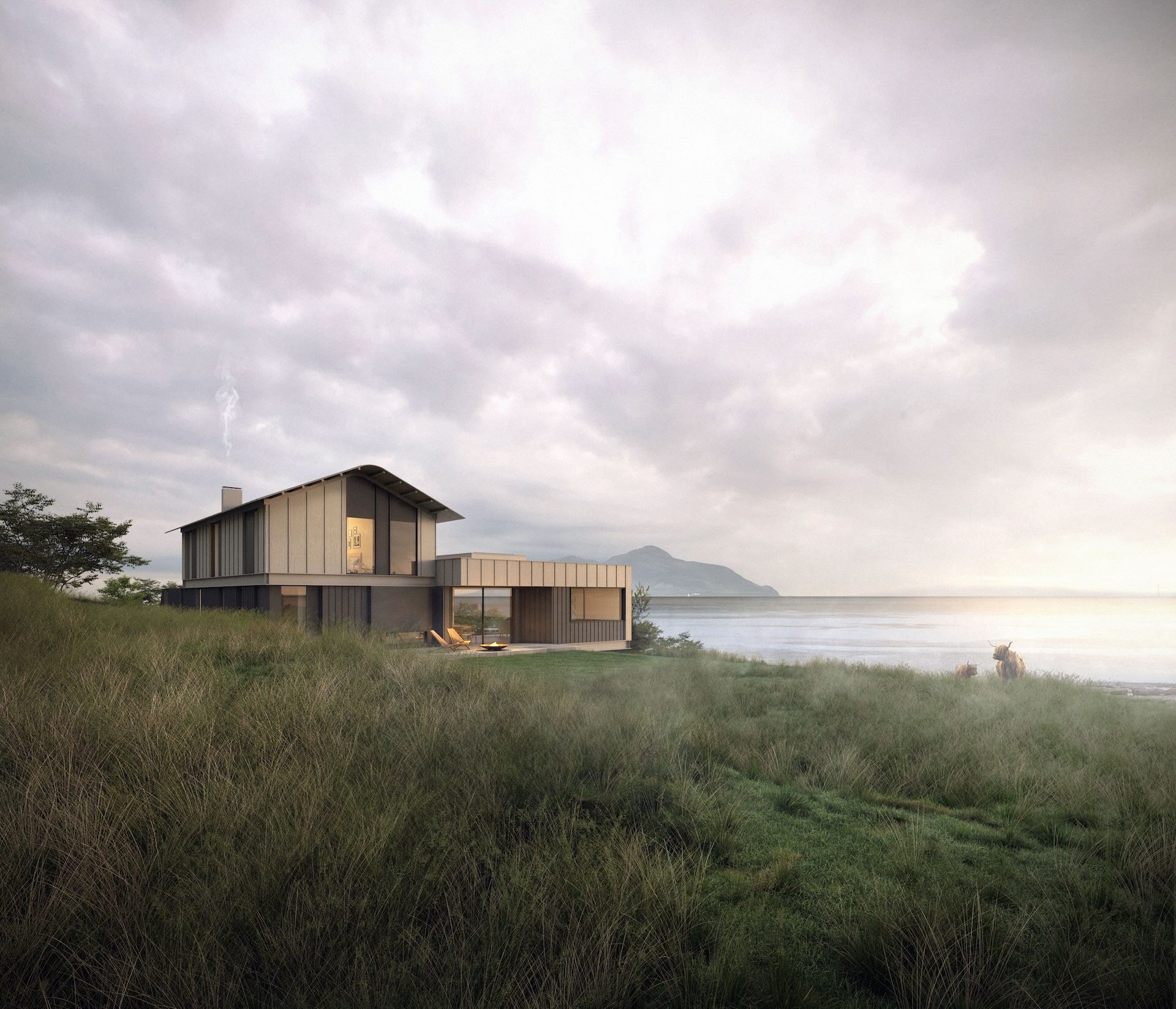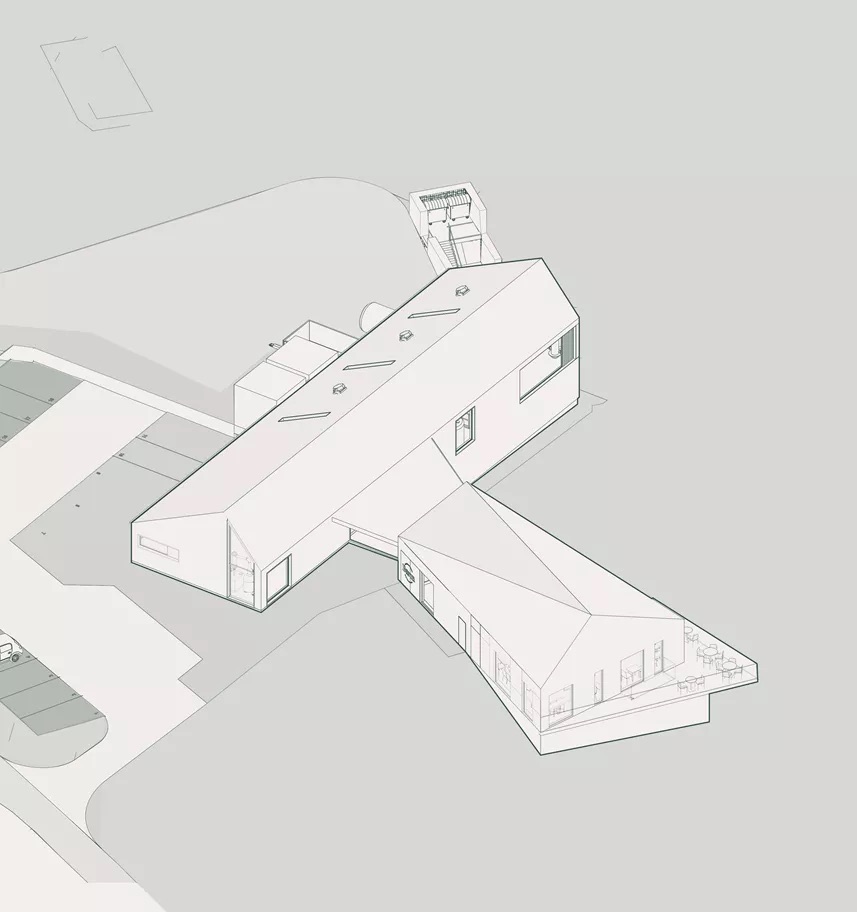Overview
Our client’s vision was to develop a sensitively designed, ecologically and economically self-sufficient home and destination for low impact sustainable tourism on Pladda Isle.
At the heart of the proposal was the mission to protect and preserve Pladda’s existing buildings, including the historic Pladda Lighthouse, and enhance their value for the future. Since it’s automation in 1990, the lighthouse and the island have been left unoccupied, leaving existing buildings vacant.
Location
Pladda Island
Client
Private
Budget
Private
Completion
RIBA Stage 3
The aim of the project is to create an island living experience which is based on entirely self-sufficient off-grid living through the use of renewable energy sources, and working towards the goal of creating a carbon neutral development.
Pladda Rock or Pladda Isle lies off the South Coast of the Isle of Arran; 28 acres nestled in the Firth of Clyde. The island is dramatic and remote, lying approximately a kilometre off the South Coast of Arran. Pladda lighthouse is located on the South-end side of the island and was believed to be constructed here in 1790.
Our proposal is based around a site plan that best utilises the existing space and buildings on the island which include new boutique accommodation and living spaces along with kitchen, toilet, dining and outdoor areas as well as upgrades the existing jetty, boat store and self-accommodation bothy.
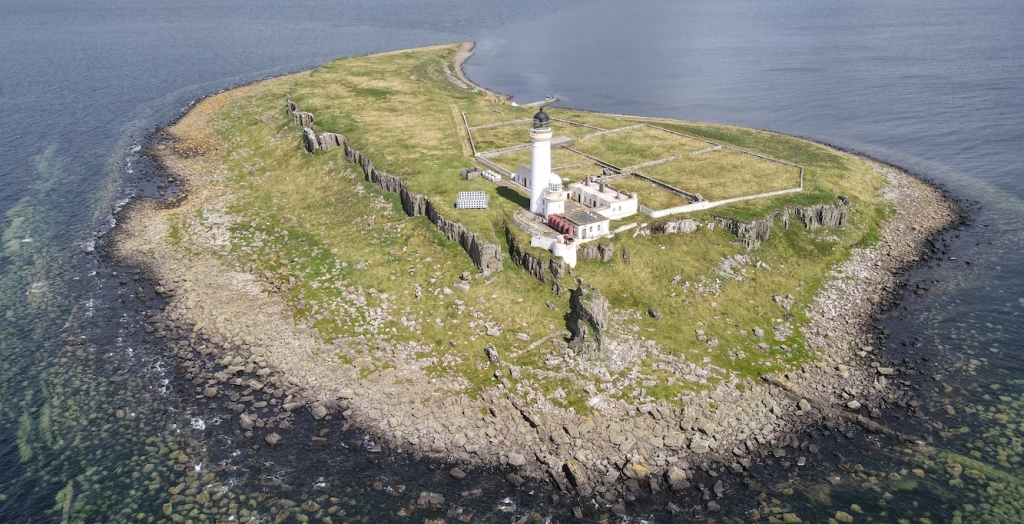
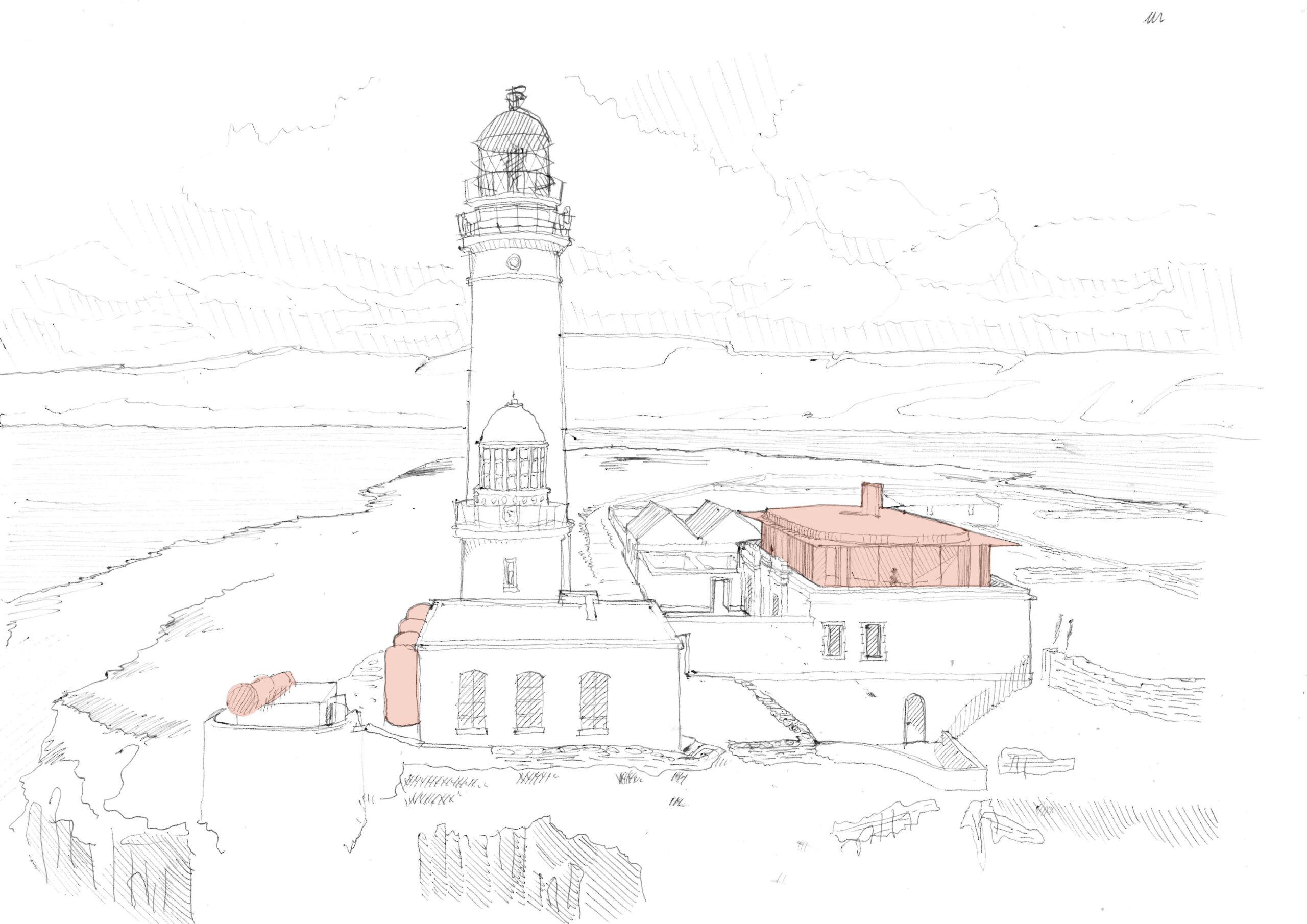
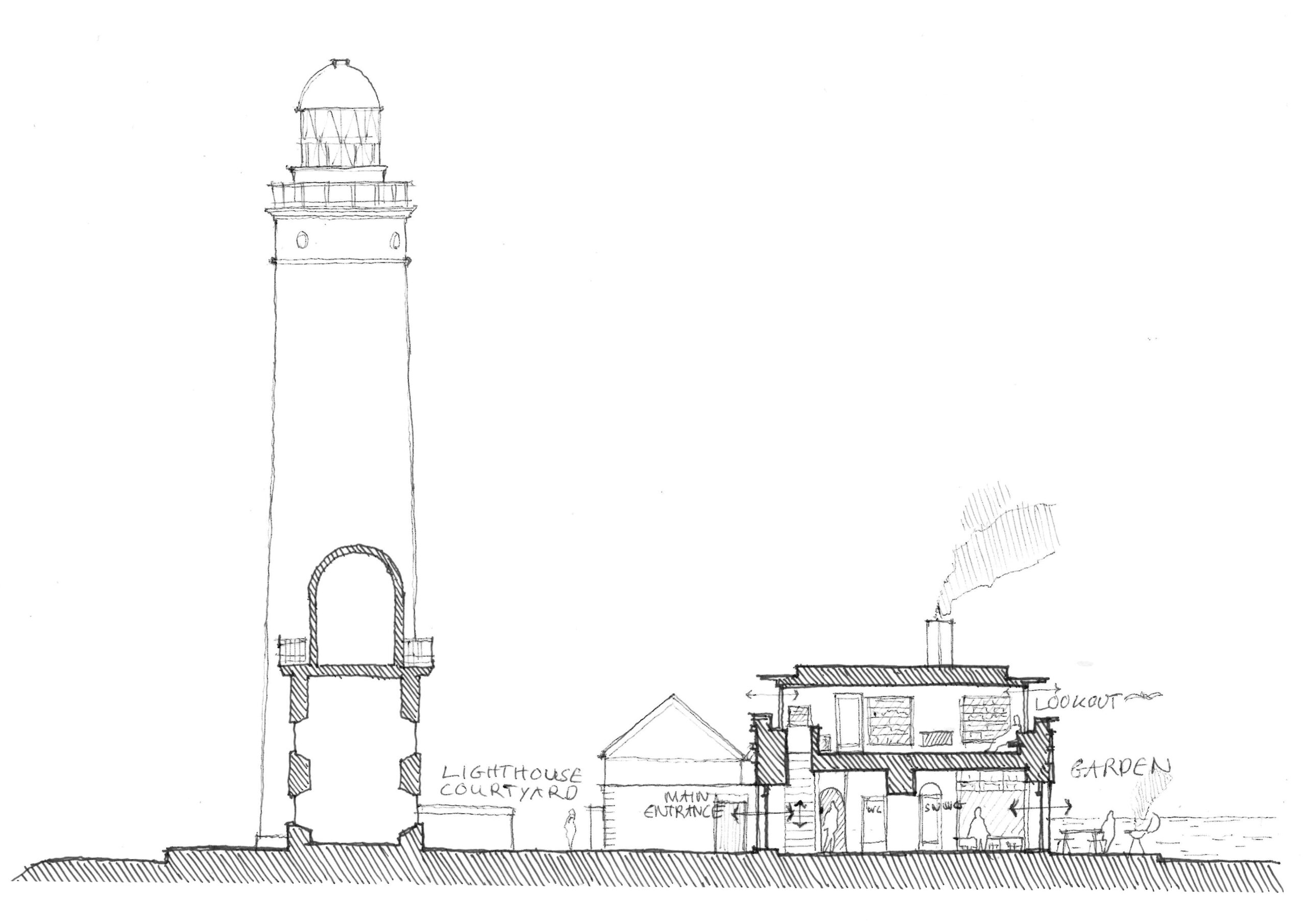
History
Pladda Isle has been the site of a lighthouse since 1790, joining the lights of the Mull of Kintyre, of Little Cumbrae in the Firth of Clyde, and of Copeland light on the Irish Coast. The present lighthouses were built between 1821 and 1830. To allow mariners to distinguish it from the other nearby lighthouses, including Holy Isle, Pladda illuminated a lower light from a small lantern 20 feet lower than the original one; this arrangement became permanent and proceeded to operate for more than 100 years.
In 1972 the helicopter was introduced as a method of transporting the keepers. This method was used until 1990 – the year that saw the automation of the lighthouse and the withdrawal of the lighthouse keepers; the lighthouse is now monitored remotely from Edinburgh and the island is unoccupied.
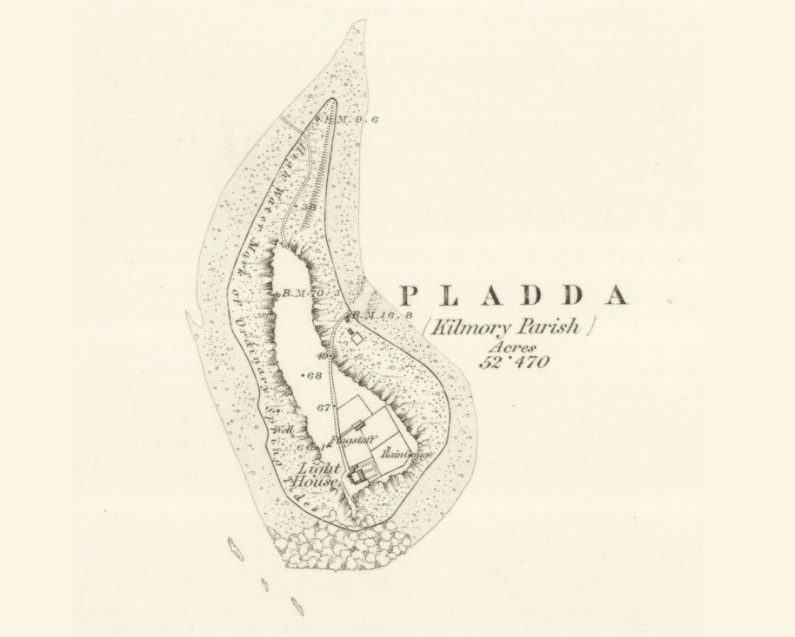
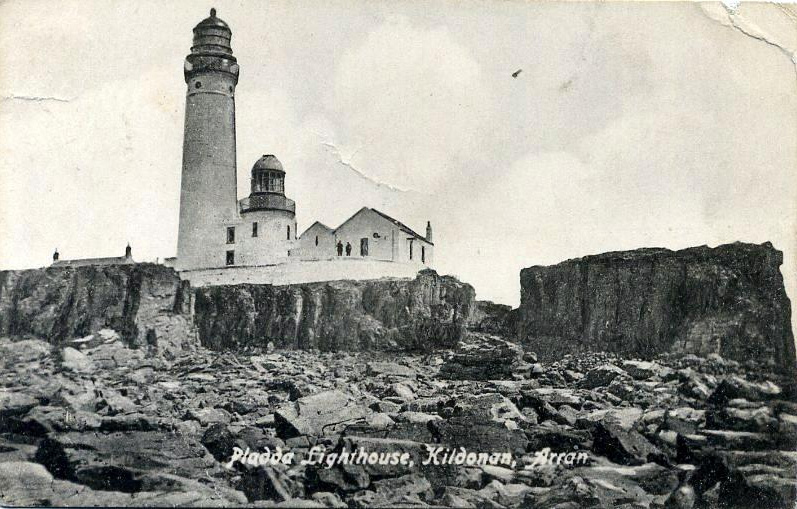

Site
The site by nature has many constraints due to its location, landscape and exposed sitting. The nature of the development being on a remote island poses challenges from early stages. Connecting services, transportation to and from the island of machinery and materials, and recruiting contractors presents challenges and need thought to implement practical measures to combat the site constraints.
The island is accessible directly from both Kildonan on the Isle of Arran, or from the port of Troon and Ardrossan. Upgrades to the existing jetty will allow for the ease of disembarkation for getting materials onto the island as well as future visitors and guests.
Two existing structures, located just as you arrive onto the island, will be upgraded and improved and a further proposed boat store erected. A wind turbine will provide a sustainable energy solution for the island.
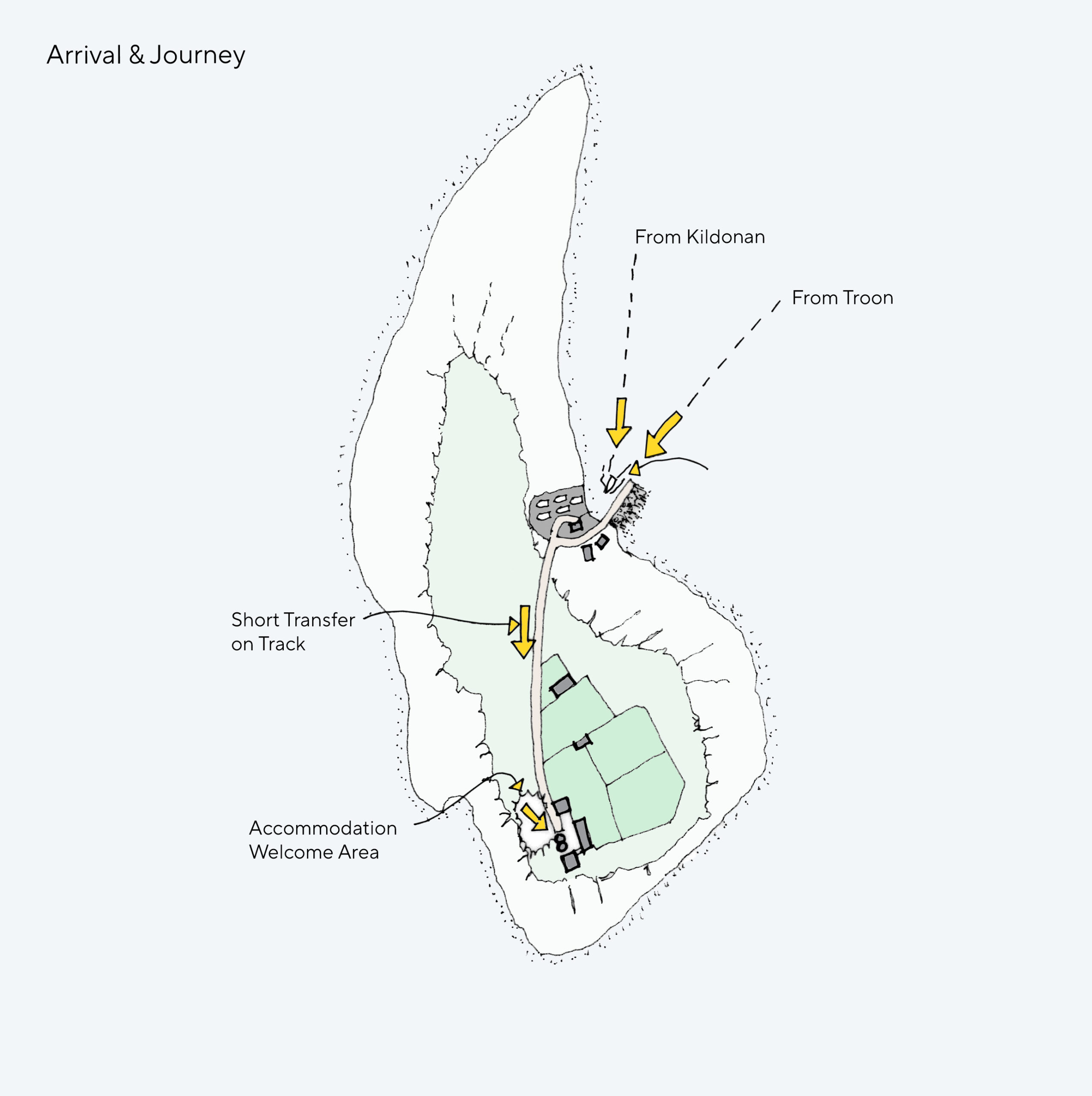
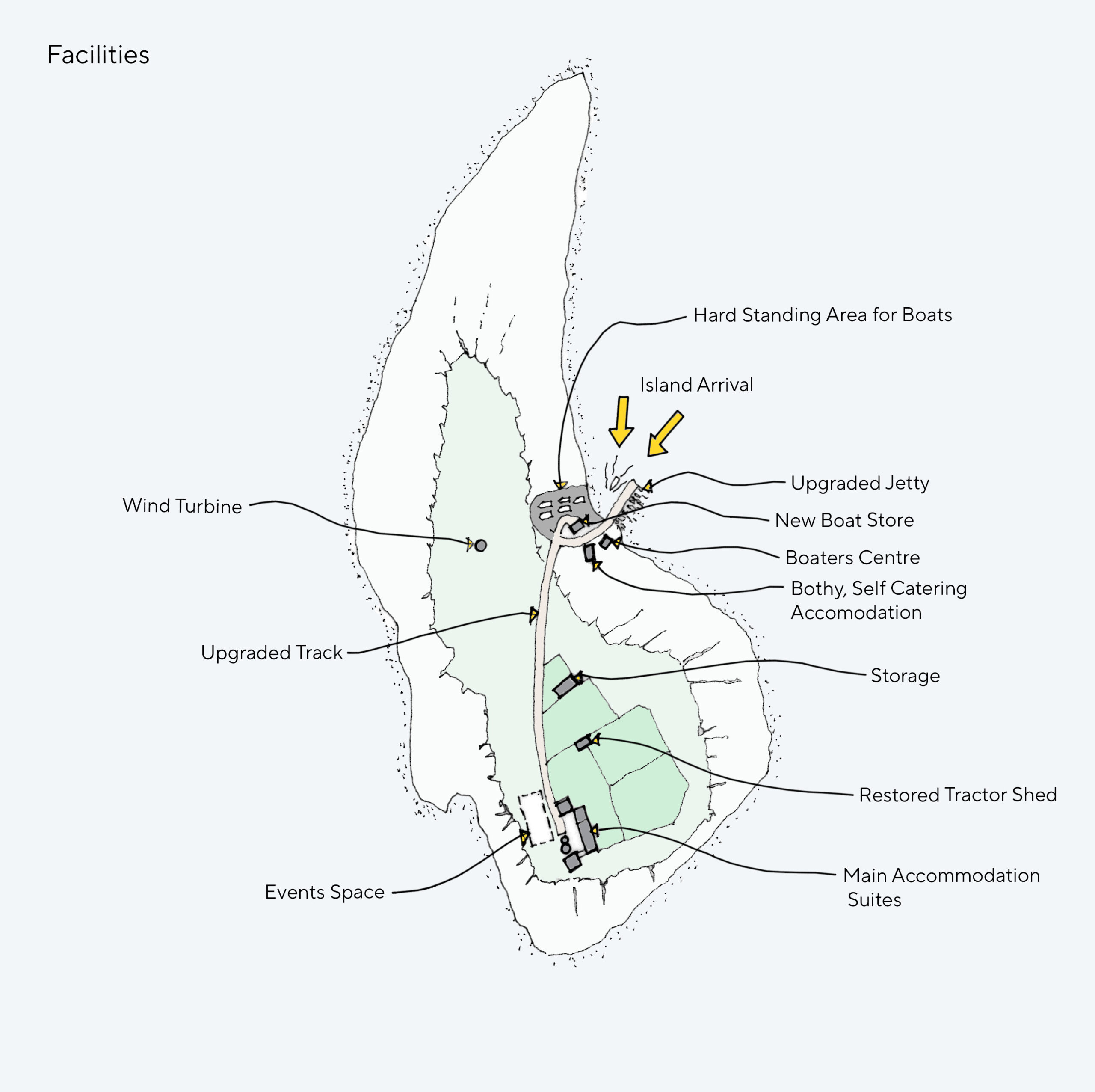
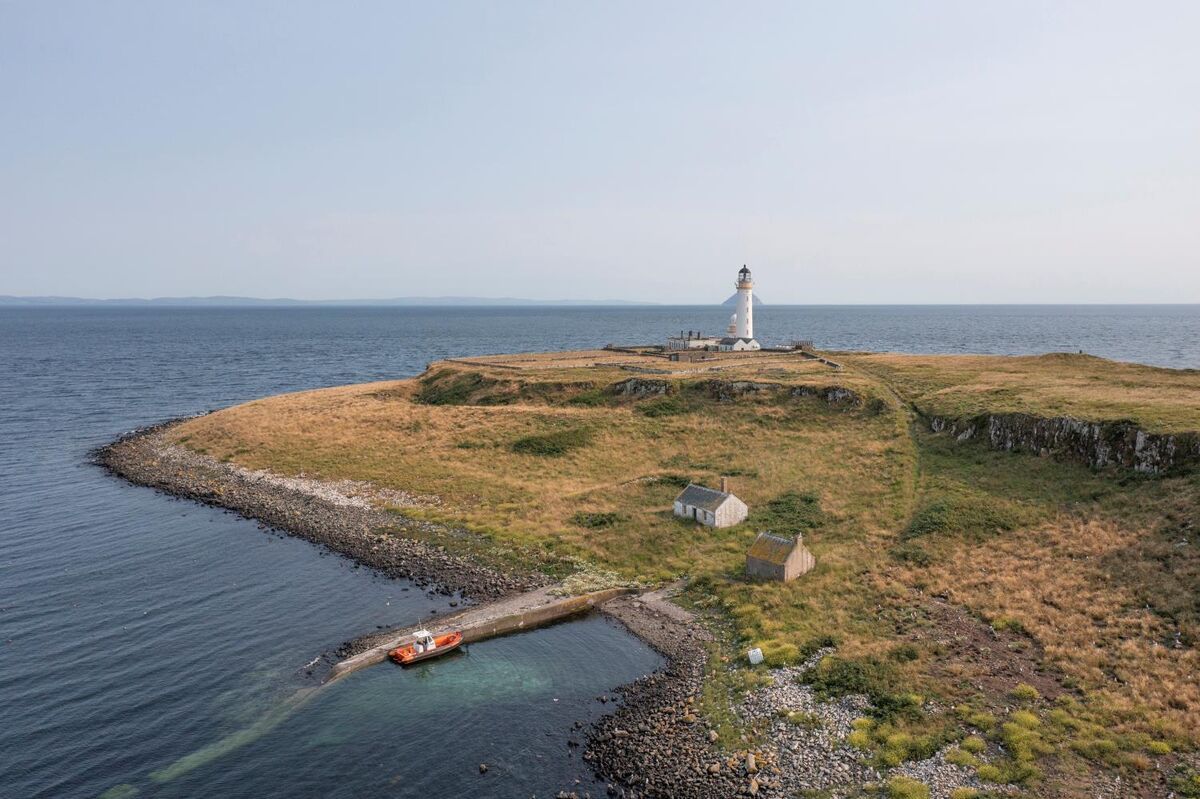
Design Development
The design looks to suitable materials relating to the islands history and utilitarian use as a lighthouse. Metal cladding, appropriate to the harsh weather conditions both stands the new development proud from the existing buildings on the island whilst paying a homage to the use and heritage.
The Existing lighthouses are surrounded by single storey ancillary accommodation in a familiar architectural style recognisable throughout the Scottish coastline. They demonstrate the classical forms which the Stevenson family of engineers regularly employed in their designs. Our proposal would strive to retain this distinct architectural maritime heritage.
A pre application meeting was held based on the initial design, some of the concerns raised included the effect of light pollution through the glazed roof structure and the form of the roof addition accommodation, following the drum shape of the lighthouses. We revised the scheme to address this feedback alongside increasing the useable internal space on the upper floor.
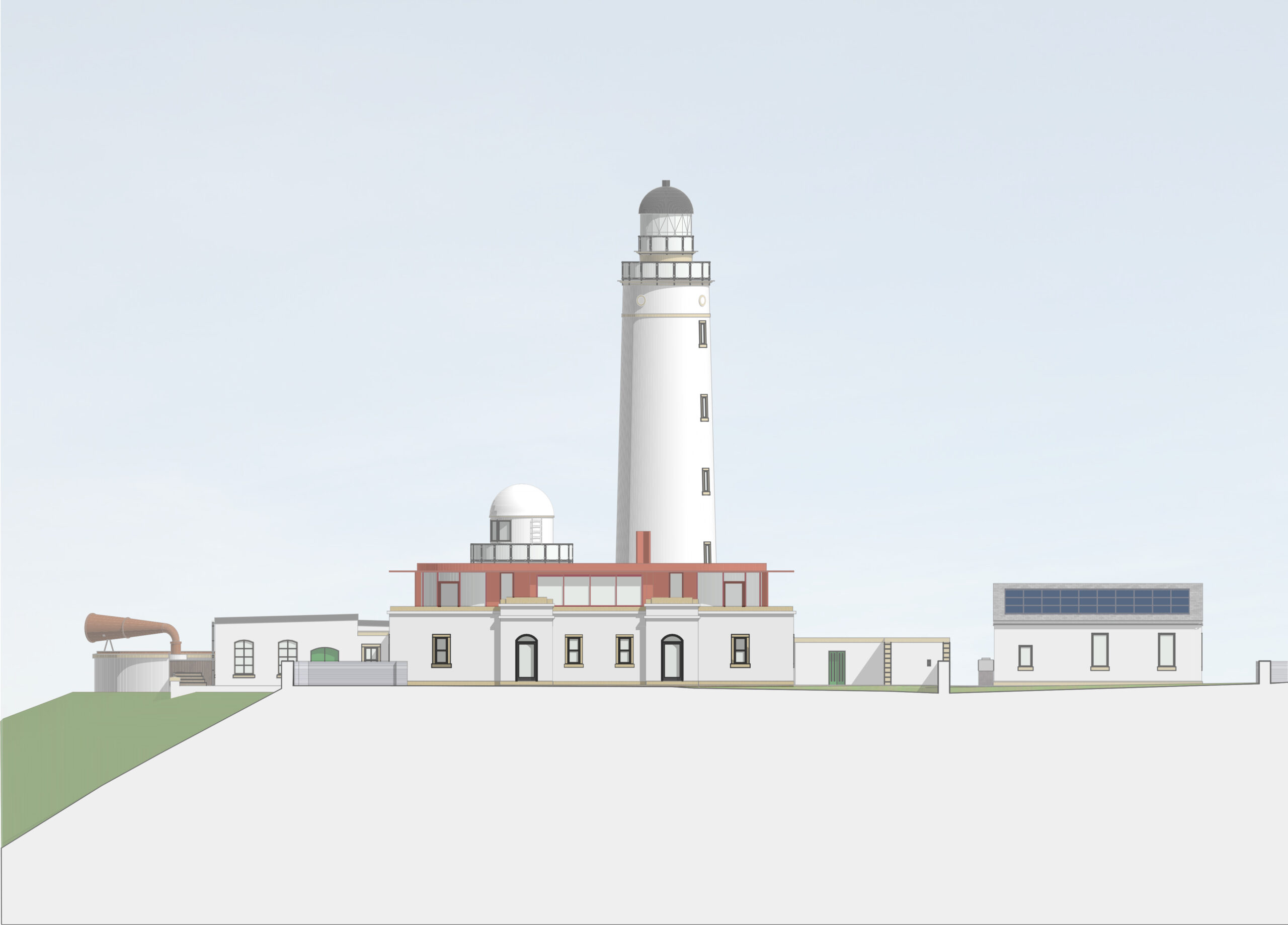
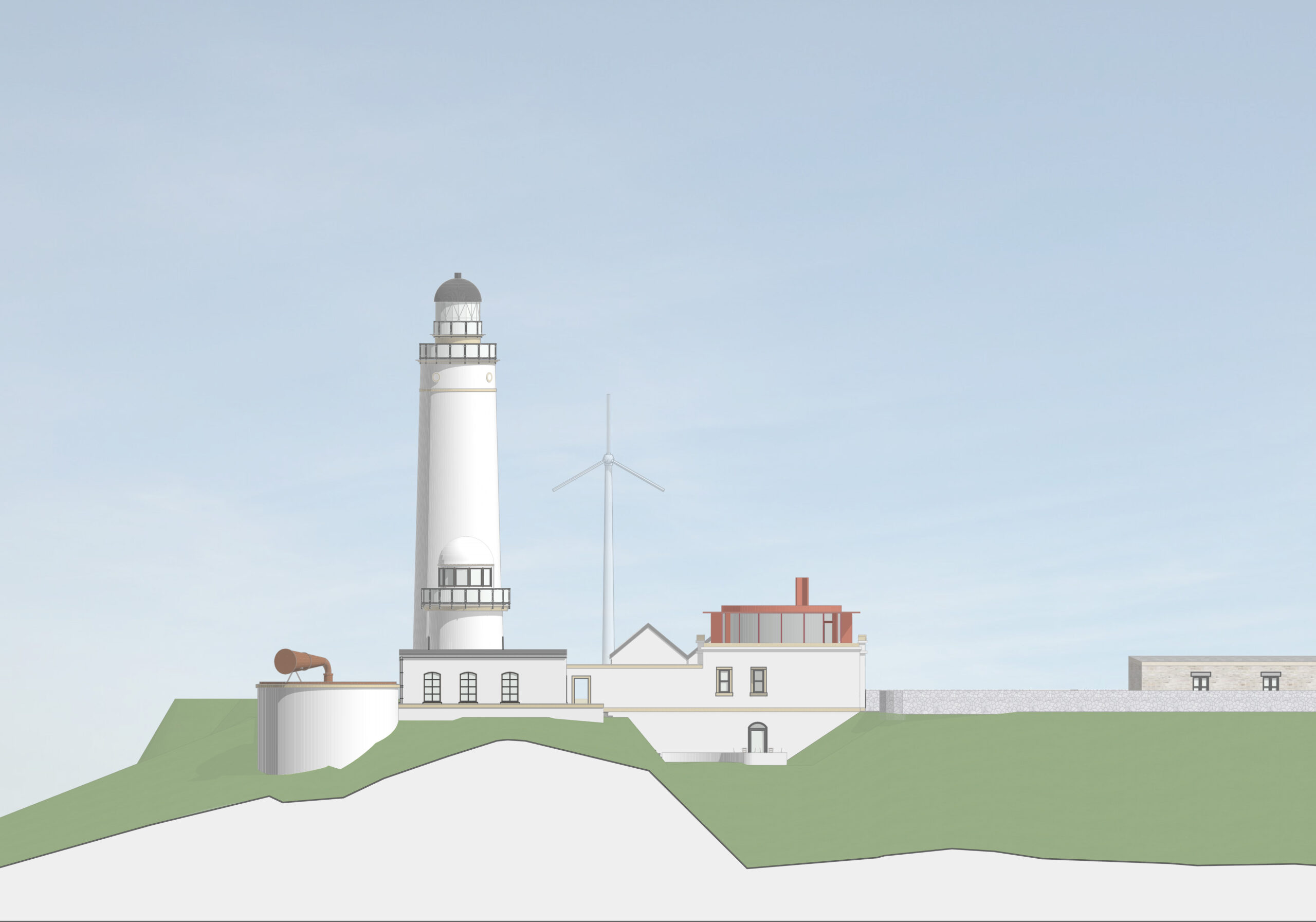
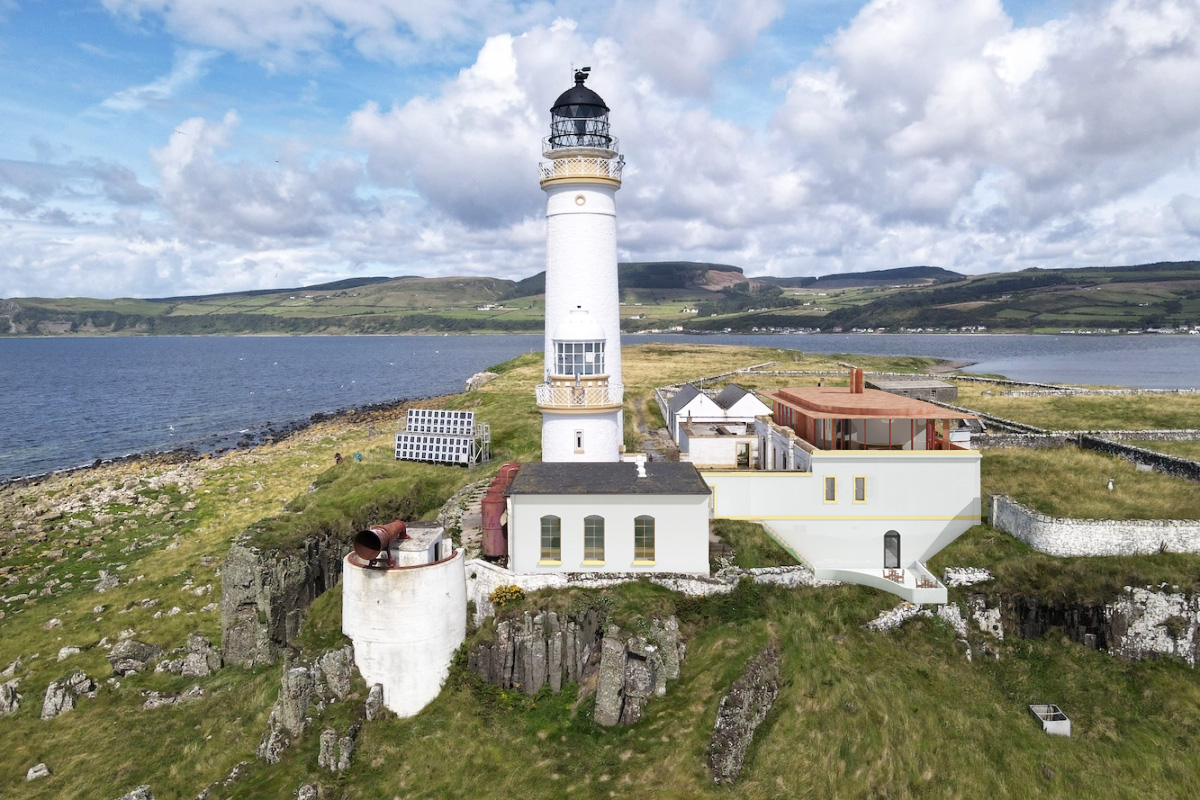
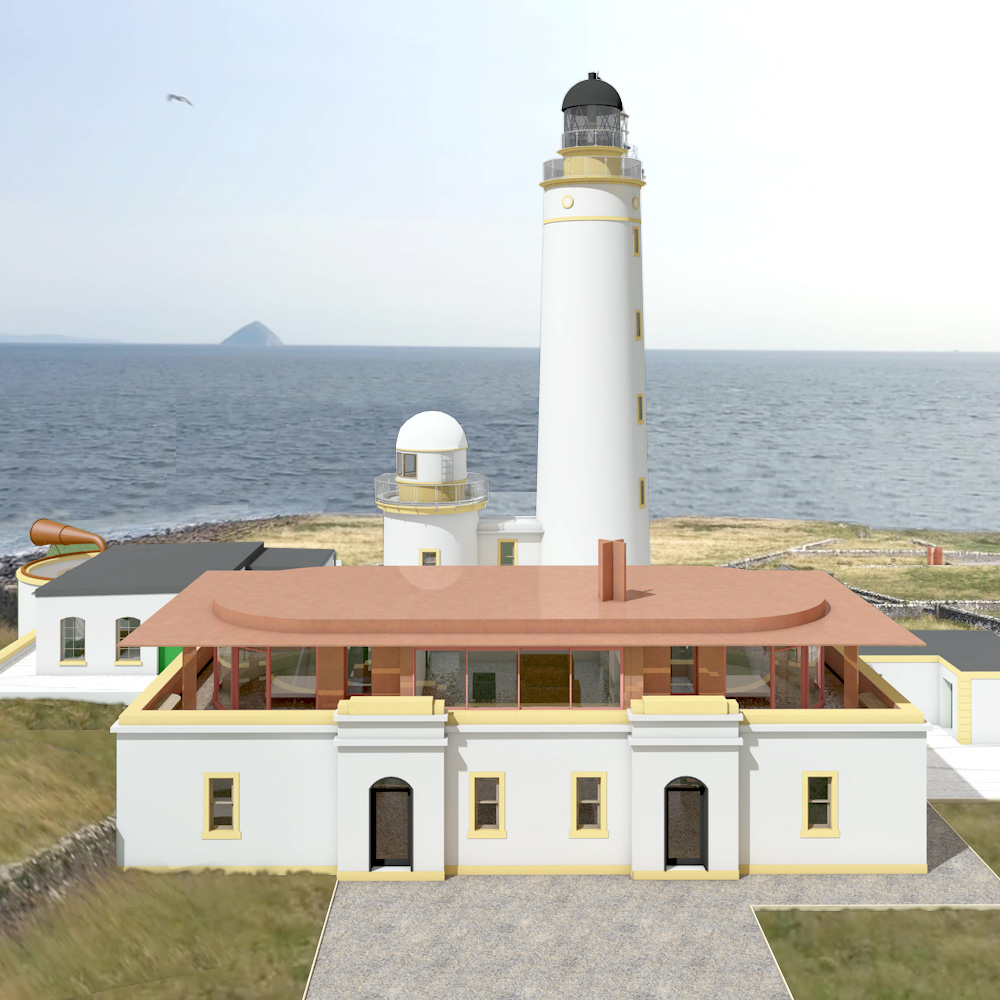
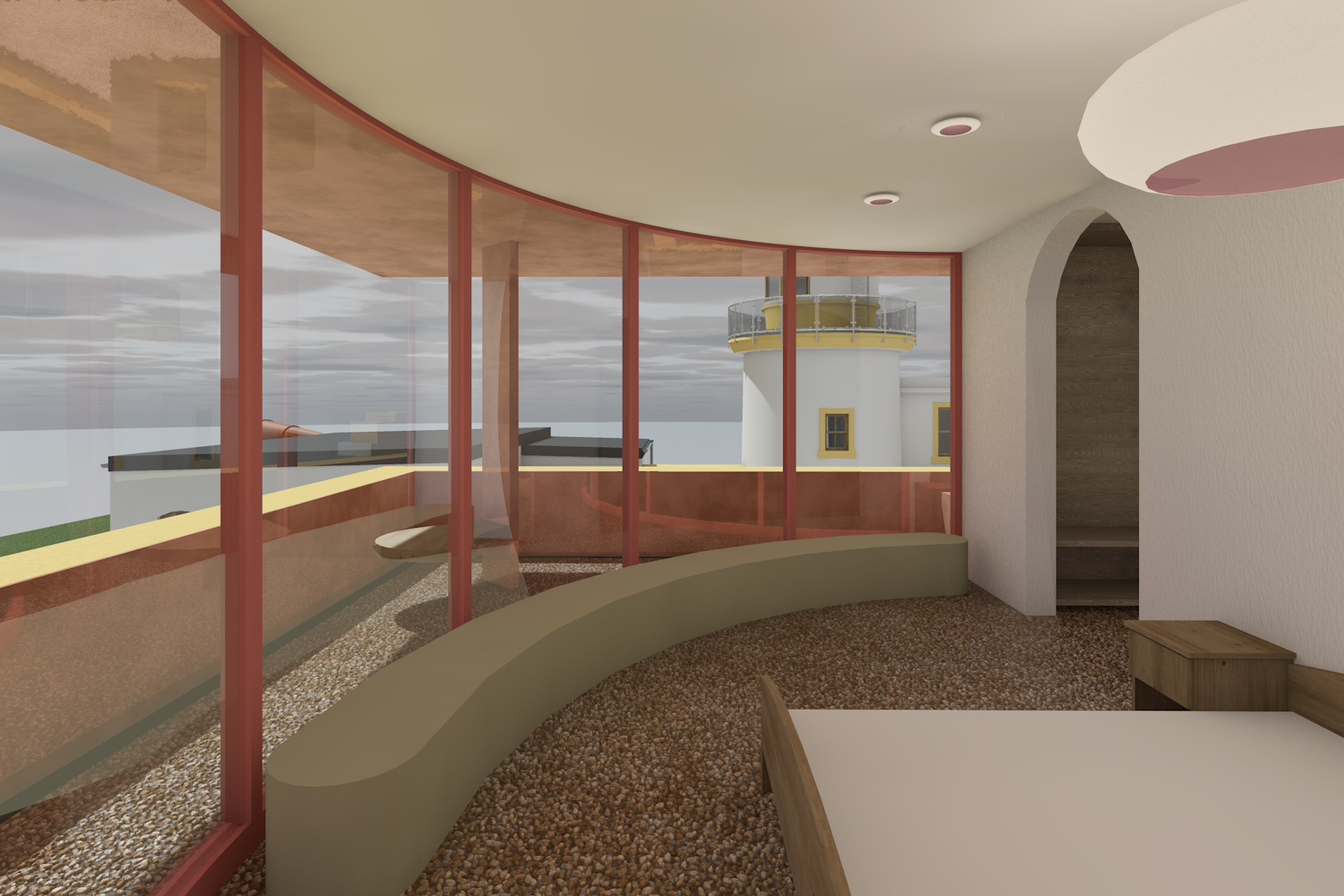
Outcome
The vision for Pladda is to create an enjoyable and educational experience for visitors who share a love of marine wildlife, rugged landscapes, maritime history and want to experience that in a sustainable low impact manner.
The hope to inspire others by demonstrating how green technologies can be used in the 21st century to harness the bountiful renewable resources of Scotland.
